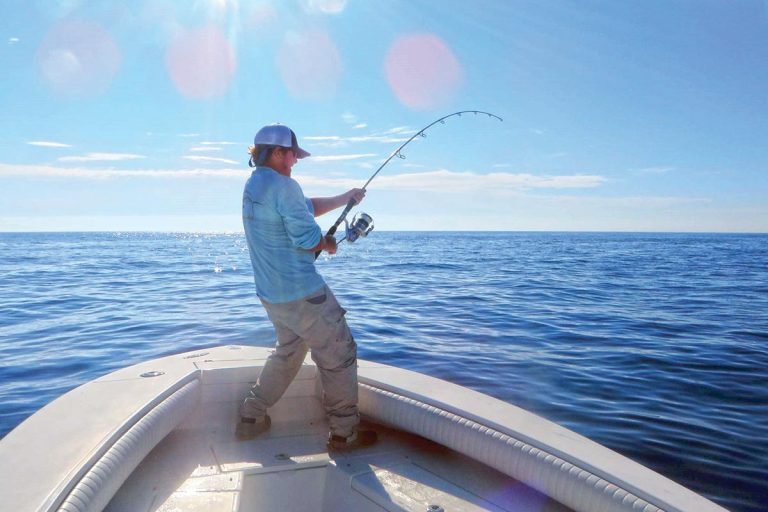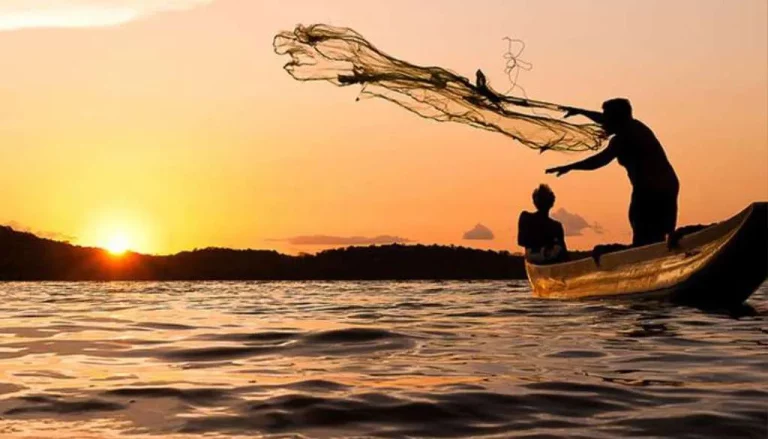Traditional Fishing Techniques Around the World
Fishing is not just a means of sustenance or recreation; it is deeply rooted in the cultural heritage of communities worldwide. Traditional fishing techniques have evolved over centuries, shaped by geography, climate, and local customs. In this blog, we embark on a journey to explore traditional fishing methods from diverse corners of the globe, highlighting their uniqueness and cultural significance.
1. Inuit Ice Fishing (Arctic Regions)
Technique: Inuit communities in Arctic regions rely on ice fishing to catch fish beneath the frozen surface of lakes and seas. They use specialized tools such as harpoons, sealskin floats, and igloos with ice holes to access the fish.
Cultural Significance: Ice fishing is more than a method for food; it connects the Inuit people to their environment and traditions, reinforcing their resilience in harsh climates.
2. Chinese Cormorant Fishing (China)
Technique: Cormorant fishing dates back over a thousand years in China. Fishermen use trained cormorant birds, which dive into the water to catch fish and return them to the boat. A small ring tied around the bird’s neck prevents them from swallowing larger fish.
Cultural Significance: This ancient technique reflects a harmonious relationship between humans and nature, showcasing the ingenuity and patience of Chinese fishermen.
3. Moken Free-Diving (Southeast Asia)
Technique: The Moken, a sea-faring people of Southeast Asia (particularly Thailand and Myanmar), practice free-diving without equipment to catch fish and shellfish. They use handmade spears and nets while holding their breath for extended periods underwater.
Cultural Significance: Free-diving is integral to Moken culture, teaching children survival skills and fostering a deep respect for marine ecosystems.
4. Dugout Canoe Fishing (Africa)
Technique: Across Africa, traditional fishing communities use dugout canoes crafted from single tree trunks to navigate rivers, lakes, and coastal waters. Fishermen use nets, lines, and traps to catch fish while paddling silently through the water.
Cultural Significance: Dugout canoe fishing exemplifies the resourcefulness and craftsmanship of African communities, highlighting their intimate knowledge of local waterways and fish behavior.
5. Maori Longlining (New Zealand)
Technique: Maori fishermen in New Zealand practice longlining, a method involving a mainline with baited hooks spaced at intervals. Traditional Maori longlines are made from natural materials and set from small boats or from shore.
Cultural Significance: Longlining is deeply ingrained in Maori culture, connecting them to ancestral fishing grounds and emphasizing sustainable harvesting practices.
6. Japanese Ukai (Japan)
Technique: Ukai is a traditional Japanese fishing method using trained cormorant birds to catch river fish, particularly ayu (sweetfish). Fishermen control the birds with ropes attached to their necks, allowing them to catch fish without swallowing them.
Cultural Significance: Ukai dates back over 1,300 years in Japan, symbolizing the harmony between humans, birds, and waterways. It is celebrated during annual festivals, reflecting cultural pride and preservation.
Preserving Traditional Techniques
While modernization and industrial fishing have transformed the fishing industry globally, traditional techniques continue to hold cultural, ecological, and even economic significance for many communities. Efforts to preserve these methods not only safeguard cultural heritage but also promote sustainable practices and biodiversity conservation.
Conclusion
Exploring traditional fishing techniques around the world reveals a tapestry of cultural diversity, innovation, and respect for natural resources. These methods transcend mere sustenance, embodying the spirit of resilience and adaptation among fishing communities. By understanding and celebrating these traditions, we can foster appreciation for cultural diversity and sustainable fishing practices on a global scale.



